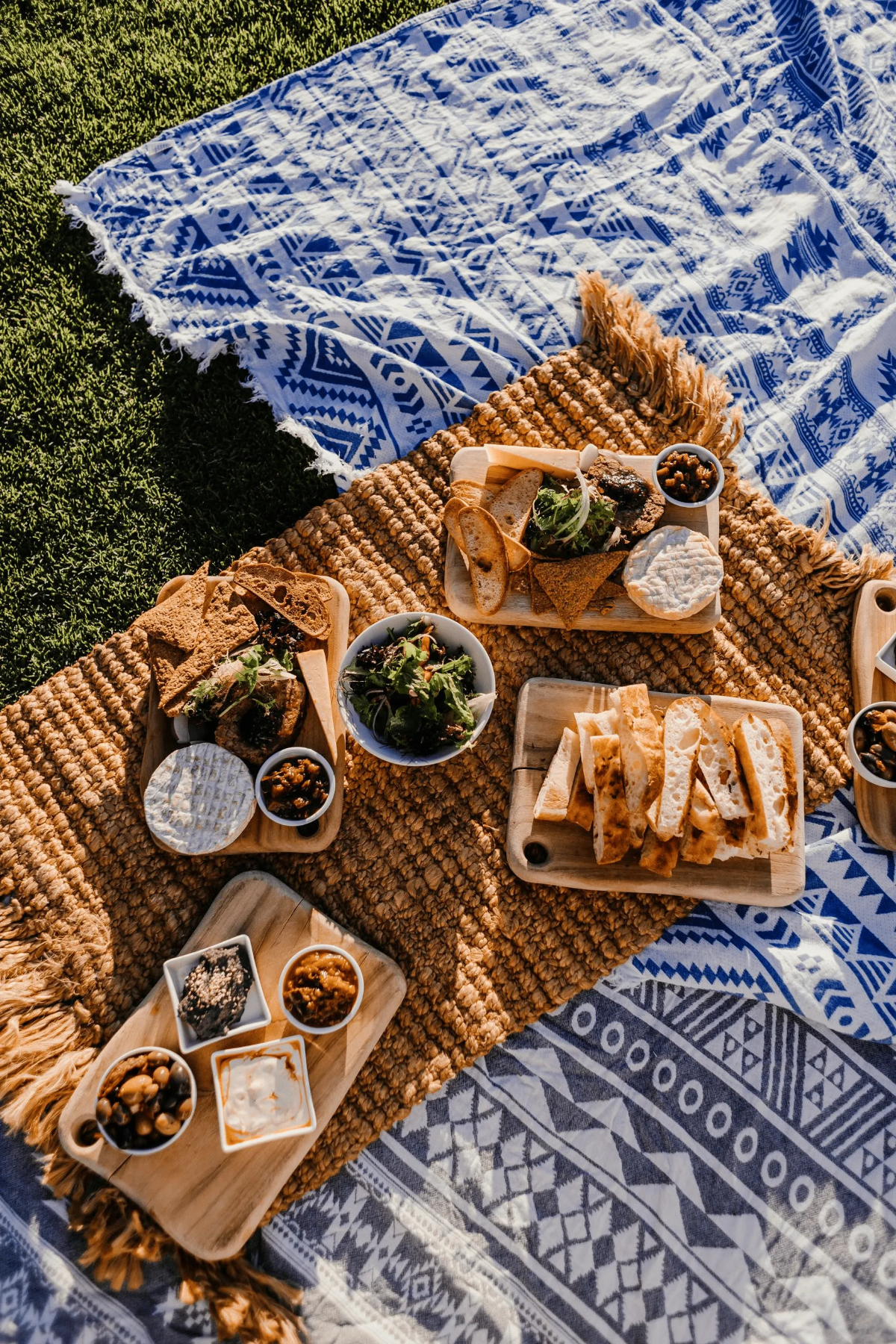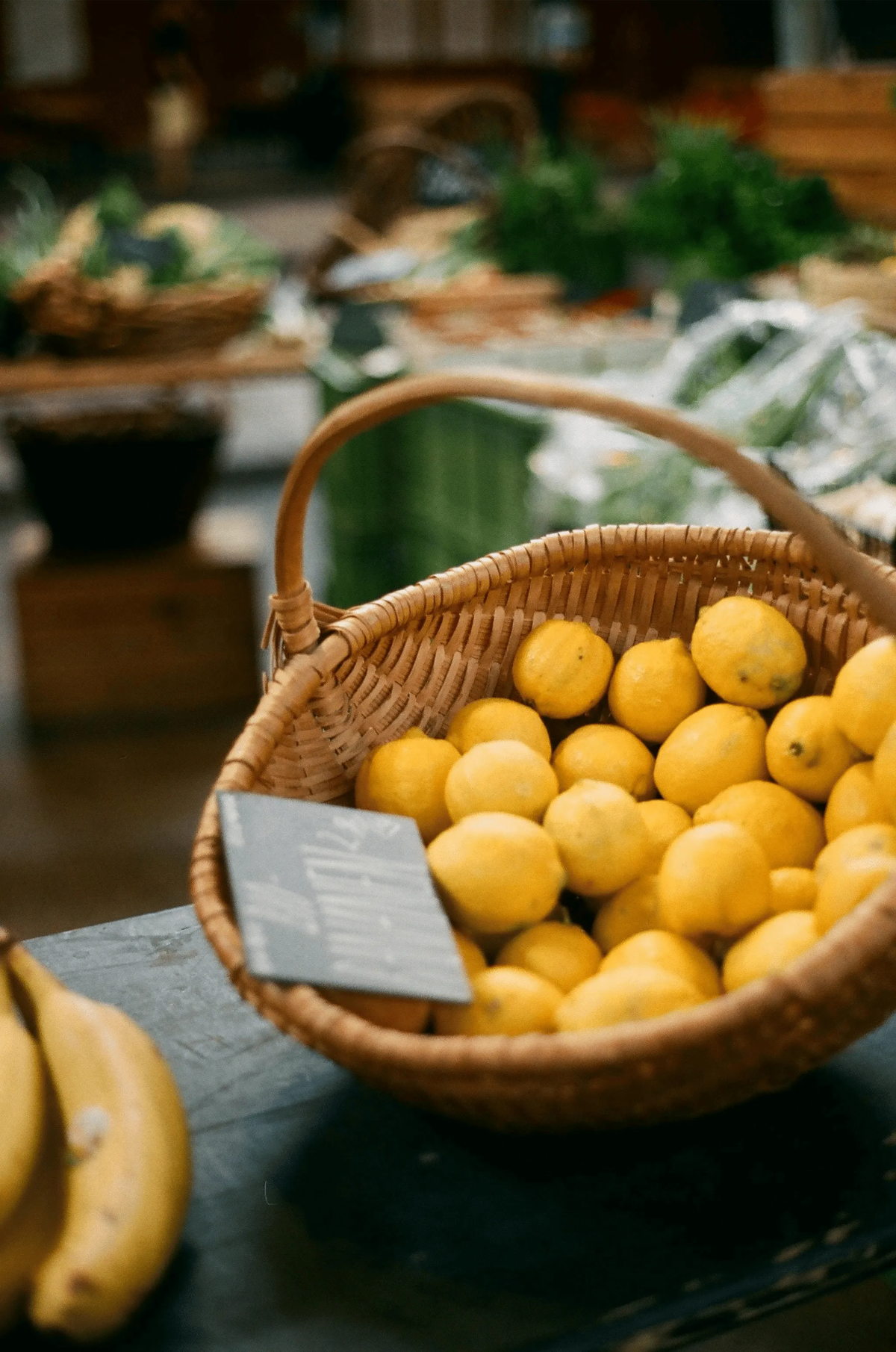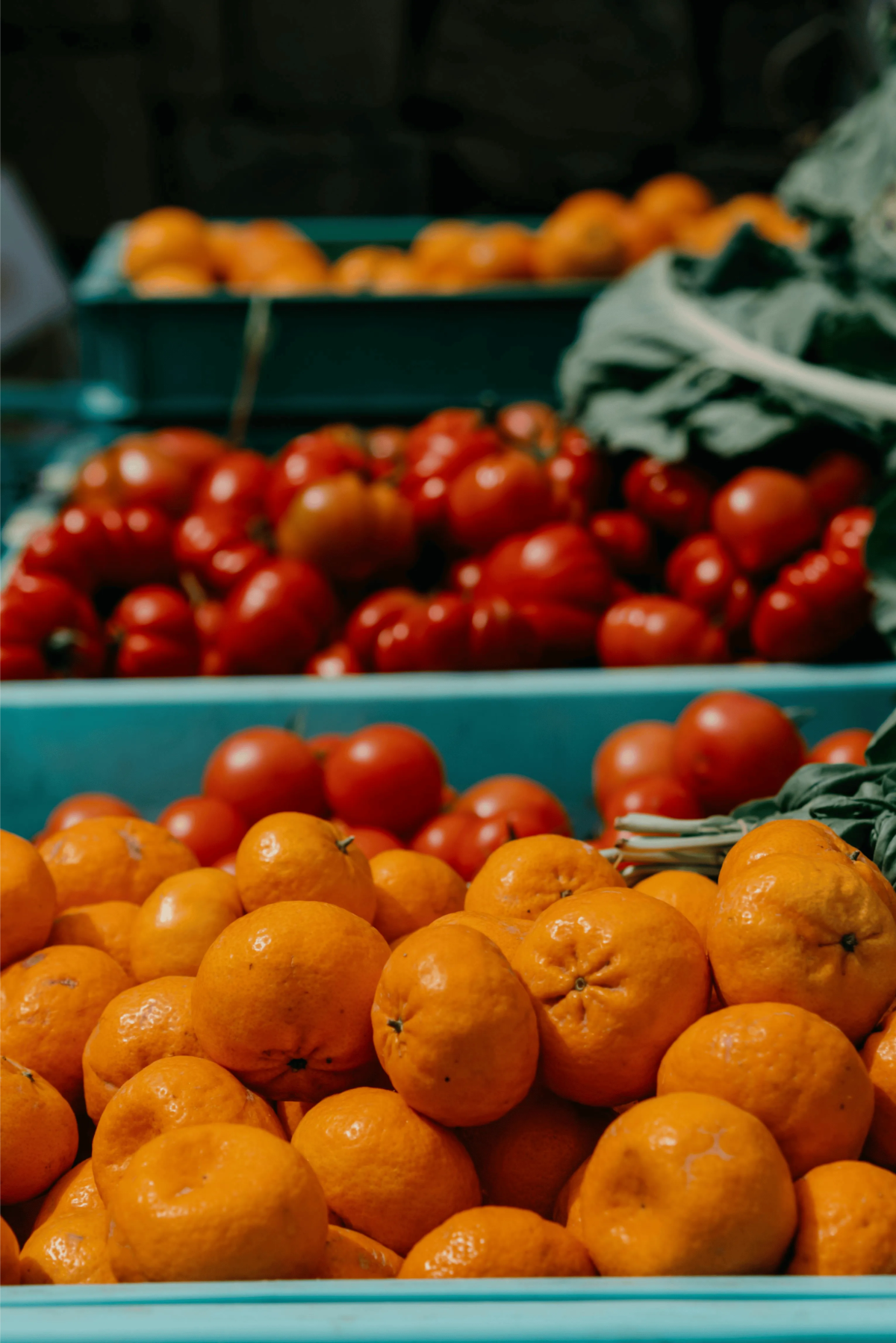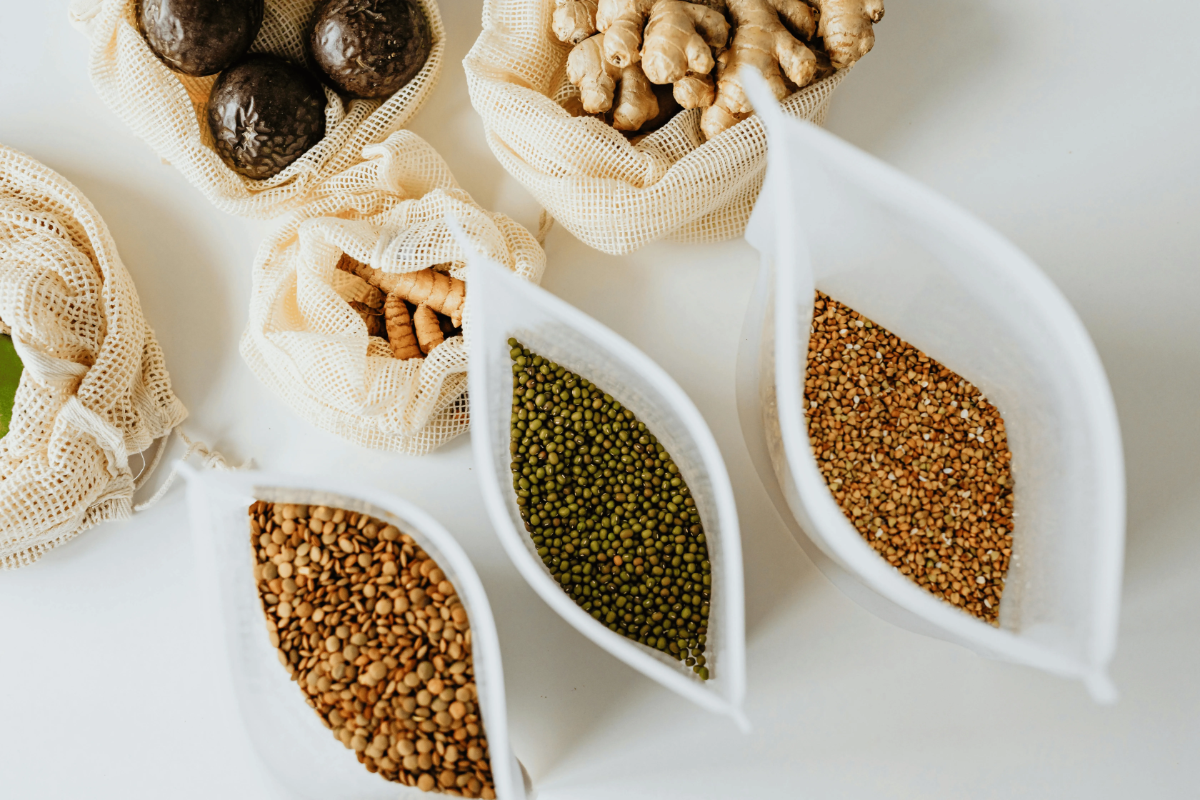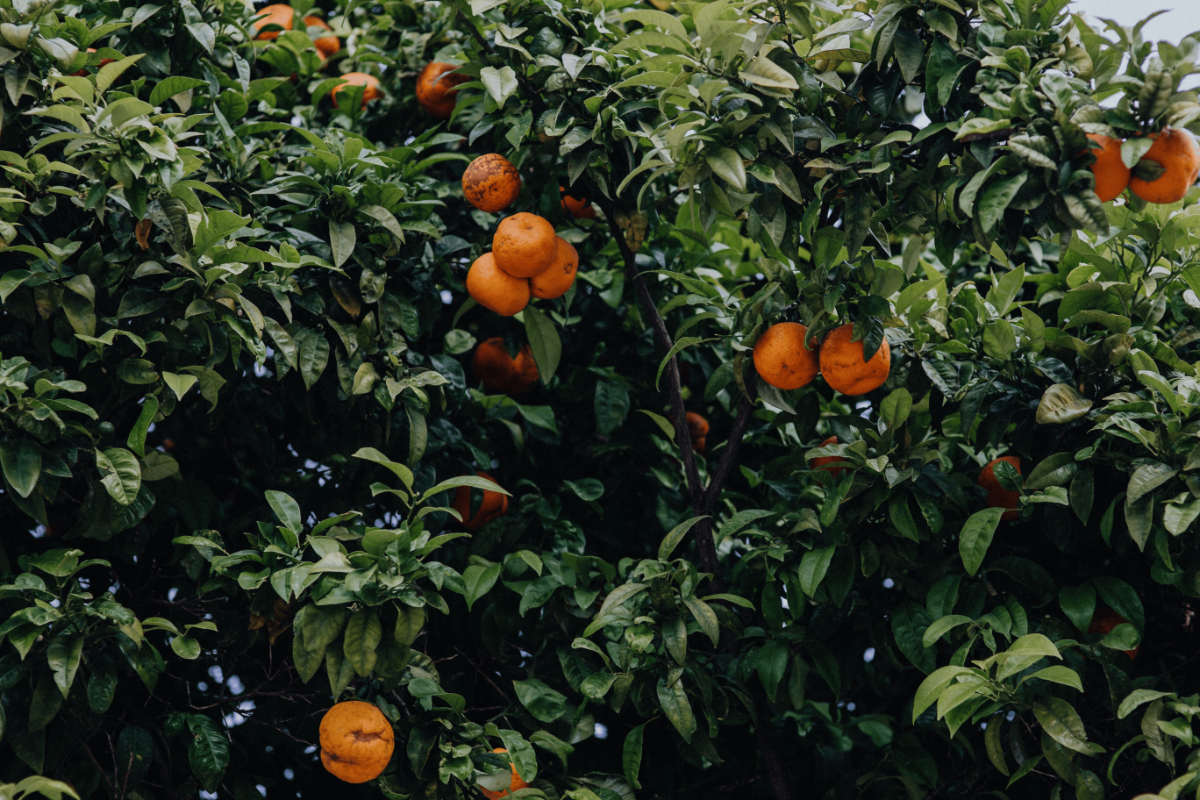What Is Slow Food? Principles, Benefits and 7 Ways to Live It
Last update October 30, 2025
Discover the Slow Food movement, its roots, benefits, and seven actionable habits to savor good, clean, fair meals every day.
In 1986, when chef and activist Carlo Petrini staged a friendly protest against a fast-food chain opening in Rome, he ignited what would become a global movement, and a dedicated organization, called Slow Food. From that spark emerged a mission to champion good food (rich in taste and nutrition), clean production (methods that protect soil, water, and air), and fair food (dignified incomes for those who grow, harvest, and prepare our meals). Today, Slow Food unites more than 100,000 members and branches in over 150 countries, from small towns to major cities, connecting local communities in the name of biodiversity, cultur,e and food justice. For a wider reflection on how culinary identity, ancestry, and seasonal intelligence shape global nourishment, explore our cultural food edit. In this guide, you’ll journey through Slow Food’s origins, pillars, and relevance, and discover seven simple, sensory-rich habits to weave its ethos into your daily life.
Table of Contents
Affiliate Disclosure
Some links in this post are affiliate links. That means we may earn a small commission, at no additional cost to you, if you choose to make a purchase. These are always brands, stays, or experiences we would recommend to a dear friend. Thank you for supporting the quiet sustainability of Terra Selene.
What Is the Slow Food Global Movement?
More than a catchphrase, Slow Food is a global movement grounded in an organization that promotes local food and traditional cooking. Its roots trace back to Italy in 1986, when a group of students and food lovers rallied behind Petrini’s belief that our food system should celebrate terroir, preserve biodiversity, and foster community. From the founding convivia chapters to today’s Slow Food USA programs led by an executive director and regional volunteers, the movement advances food education, awareness, and hands-on skills through events like Taste Workshops, farmers’ markets, and university partnerships. Slow Food seeks to change the world one plate at a time, protecting endangered seeds and crops through its Presidia projects, sharing news of local heroes, and creating income-generating opportunities for small-scale farmers.
The Three Pillars of Slow Food
At its heart, Slow Food rests on three interlinked ideals:
Good: Flavor & Nutrition
When food is grown and harvested in harmony with local seasons and ecosystems, each bite becomes a lesson in taste. Slow Food argues for ingredients at peak ripeness and nutrients, whether it’s the sweetness of heirloom tomatoes or the depth of stone-ground flour. This commitment to good food elevates everyday meals into moments of pleasure and health.
Clean: Biodiversity & Ecosystems
Sustainable agriculture and responsible farming practices lie at the core of “clean” production. By encouraging the cultivation of plants, seeds, and livestock native to a region’s ecosystem, Slow Food defends biodiversity and reduces environmental risk. Its Slow Food Presidia, over 624 active projects in 79 countries, work directly with communities to safeguard endangered varieties and champion methods that improve soil health and water quality.
Fair: Dignity & Economic Equity
Food should be a universal right, accessible regardless of income. Fair food means paying farmers, fishers, and hospitality workers a living wage and recognizing the cultural traditions behind each dish. Through programs like the Negroni Week Fund and local convivia partnerships, Slow Food creates income streams for producers, fosters social equity, and ensures no one is left behind at the table.
Why Slow Food Matters: Health, Culture & the Planet
Choosing Slow Food isn’t merely a culinary trend; it’s an act of food justice and global stewardship. By prioritizing local food and traditional gastronomy, we:
Uplift Community & Economy: Supporting small farms and Presidia projects means dollars recirculate within local communities, funding schools, co-ops, and youth education programs.
Preserve Culture & Traditions: Recipes passed down through generations carry stories of place and people. Slow Food’s network of volunteers, chefs, and students collaborates to keep these culinary heritages alive.
Protect Biodiversity & Climate Resilience: Diverse seed banks and heritage breeds strengthen our food system against climate extremes. Slow Food’s mission-driven research, partnerships with universities, and grassroots projects build awareness of agriculture’s role in a healthier planet.
Advance a Better Future: Every mindful purchase or shared meal becomes a vote for a fair, sustainable food system, one where quality and integrity outweigh speed and scale.
Weaving Slow Food into Daily Life
Turning Slow Food from principle into practice is simpler than you might think. Begin by learning where your food comes from, then invite the movement into your kitchen and community.
Habit One: Map Your Local Foodshed
Start by identifying nearby farms, farmers’ markets and CSAs. Knowing which producers grow ancient grains or raw honey close to home builds trust, and helps you recognize the hands and histories behind each ingredient.
Habit Two: Join a Community-Supported Agriculture Share
A CSA subscription or weekly market run supports farm income and ensures you receive a rotating harvest of seasonal produce. This ongoing connection deepens your understanding of the regional food calendar and makes eating local truly accessible.
Habit Three: Cook One Regional Recipe Each Week
Whether exploring Sicilian caponata or Southern USA gumbo, diving into a dish born of a specific culture broadens your palate and respect for diverse traditions. Share your learnings and recipes with friends to spread awareness and inspire others.
Habit Four: Seek Out Snail-Approved Eateries
When dining out, look for establishments awarded the Slow Food “Snail of Approval.” This seal recognizes restaurants and cafés committed to ethical sourcing, community engagement and a thoughtful hospitality experience.
Habit Five: Embrace Heirloom Pantry Staples
Transform your pantry with ingredients that protect biodiversity, stone-ground flours, ancient beans, whole spices and raw honey from Presidia projects. These staples carry a story of place and resilience, adding depth of flavor and purpose.
Habit Six: Host a Slow Food Gathering
Invite neighbors or colleagues to share dishes made with local ingredients. Around a communal table, swap the stories of farms, seed-saving initiatives and the small businesses that bring good, clean, fair food to your plate.
Habit Seven: Reduce Food Miles When You Travel
In cities or rural regions near and far, seek out local markets, farm-to-table restaurants and agritourism experiences. Your culinary choices on the road contribute to responsible tourism and support projects that protect fragile ecosystems.
Dispelling Cost & Convenience Myths
A common misconception is that slow, sustainable eating is expensive or time-consuming. In reality, buying seasonal produce in bulk, batch-cooking whole grains, and investing in quality pantry staples often saves money over time. When you value quality over quantity, you reduce hidden environmental costs, from long-haul transport to industrial processing, while supporting equitable income for producers.
Stocking a Slow Food Pantry
A well-curated pantry turns impromptu cooking into creative joy. Look for locally milled flours, raw vinegars, heritage-breed grains, fermented vegetables and artisanal condiments produced by small co-ops and Presidia communities. These ingredients not only taste richer but also bolster biodiversity and ensure that every meal contributes to a resilient food system.
Conclusion: A Better Future, One Meal at a Time
Slow Food is more than a movement; it’s proof that everyday choices around our table have the power to protect biodiversity, uphold culture, and secure dignity for all who feed and are fed. By embracing good, clean, and fair food, you join a global movement working toward a healthier food system and a more equitable future. Start today by mapping your foodshed, supporting a CSA, or simply seeking out that Snail-approved café in your city, one delicious, intentional meal at a time. To ground this movement in a deeper cultural context, read our editorial on what nourishes across cultures, where land, lineage, and lived tradition all come to the table.

